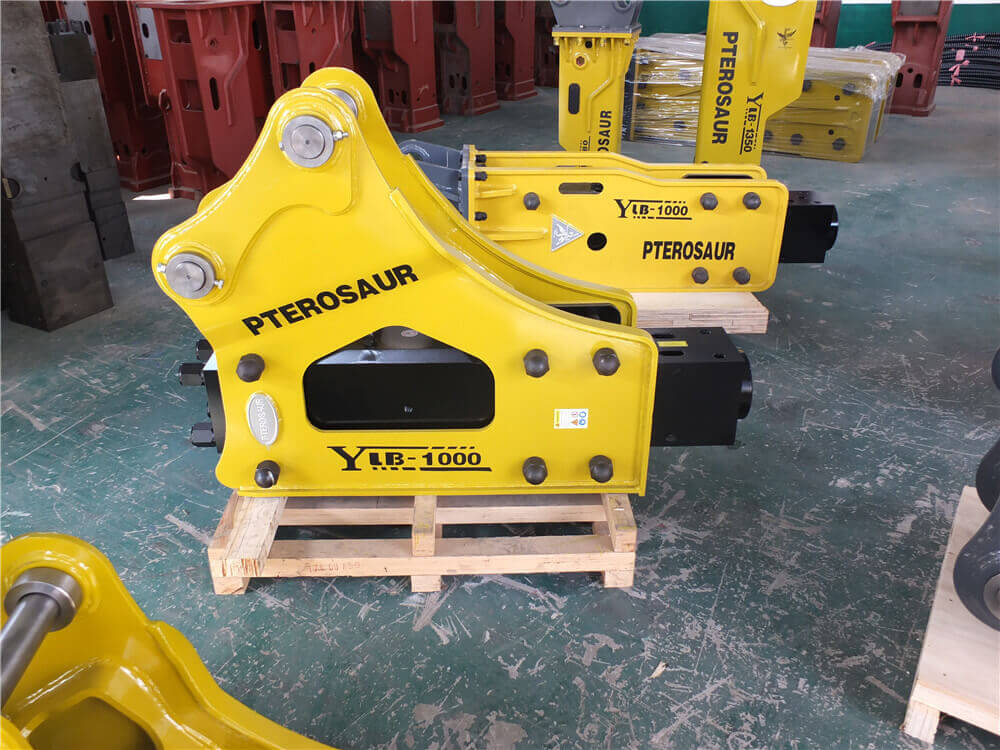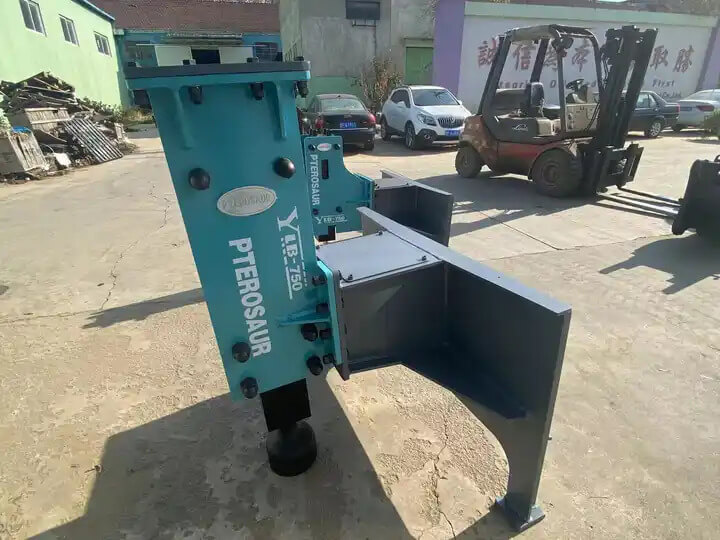A Professional’s Guide to Excavator Jack Hammers: Types and Applications
Excavators are indispensable tools in the construction and demolition industries, and when equipped with specialized attachments, they can perform a variety of tasks with enhanced efficiency. One such attachment is the hydraulic hammer, often referred to as an excavator jack hammer. This powerful tool is designed to break down hard surfaces such as concrete, asphalt, and rock, making it an essential component in excavation and demolition projects.
Understanding Hydraulic Hammers
Hydraulic hammers, or hydraulic breakers, are attachments that utilize the hydraulic system of the excavator to deliver high-impact energy to surfaces. The effectiveness of a hydraulic hammer is contingent upon several factors, including the hydraulic pressure and flow rate supplied by the excavator. Higher hydraulic pressure generates a more powerful impact force, allowing the hammer to break through rigid materials efficiently. However, it is essential to ensure that the excavator’s hydraulic output aligns with the hammer’s specifications to avoid damage.
Types of Hydraulic Hammers
There are various types of hydraulic hammers available, each designed for specific applications:
- Chiseling Hammers: These are ideal for precise tasks such as creating grooves or trenches in concrete and asphalt.
- Demolition Hammers: Designed for larger-scale projects, these hammers can break down entire structures, making them suitable for demolition work.
- Rock Breakers: These robust tools excel in breaking rocks and dealing with hard geological formations, often used in mining and quarrying.
How to Attach a Hydraulic Hammer
Attaching a hydraulic hammer to an excavator involves a few critical steps:
- Secure the Hammer: The hammer body must be securely fastened to the excavator’s boom and stick using specialized brackets or quick couplers.
- Connect Hydraulic Lines: Properly connect the hydraulic lines to ensure that the hammer receives the necessary hydraulic fluid for operation.
- Test Functionality: Before commencing work, it is crucial to test the hammer to ensure it operates correctly and efficiently.
Maintenance and Operation
To maximize the performance and longevity of an excavator hammer, regular maintenance is essential. Operators should:
- Inspect for Wear and Tear: Regularly check the hammer for any signs of damage or excessive wear, particularly on the chiseling bits.
- Lubricate Moving Parts: Proper lubrication of moving components can prevent premature wear and ensure smooth operation.
- Monitor Hydraulic Fluid Levels: Ensure that the hydraulic fluid is at the correct level to maintain optimal performance.
Conclusion
Hydraulic hammers, or excavator jack hammers, are powerful attachments that significantly enhance the capabilities of excavators. By understanding the types available, how to properly attach and maintain them, and their operational mechanics, professionals in the excavation and demolition industries can execute their projects more efficiently and effectively. Whether you are breaking concrete, demolishing structures, or excavating rock, selecting the right hydraulic hammer is crucial for achieving the best results in your projects.



































